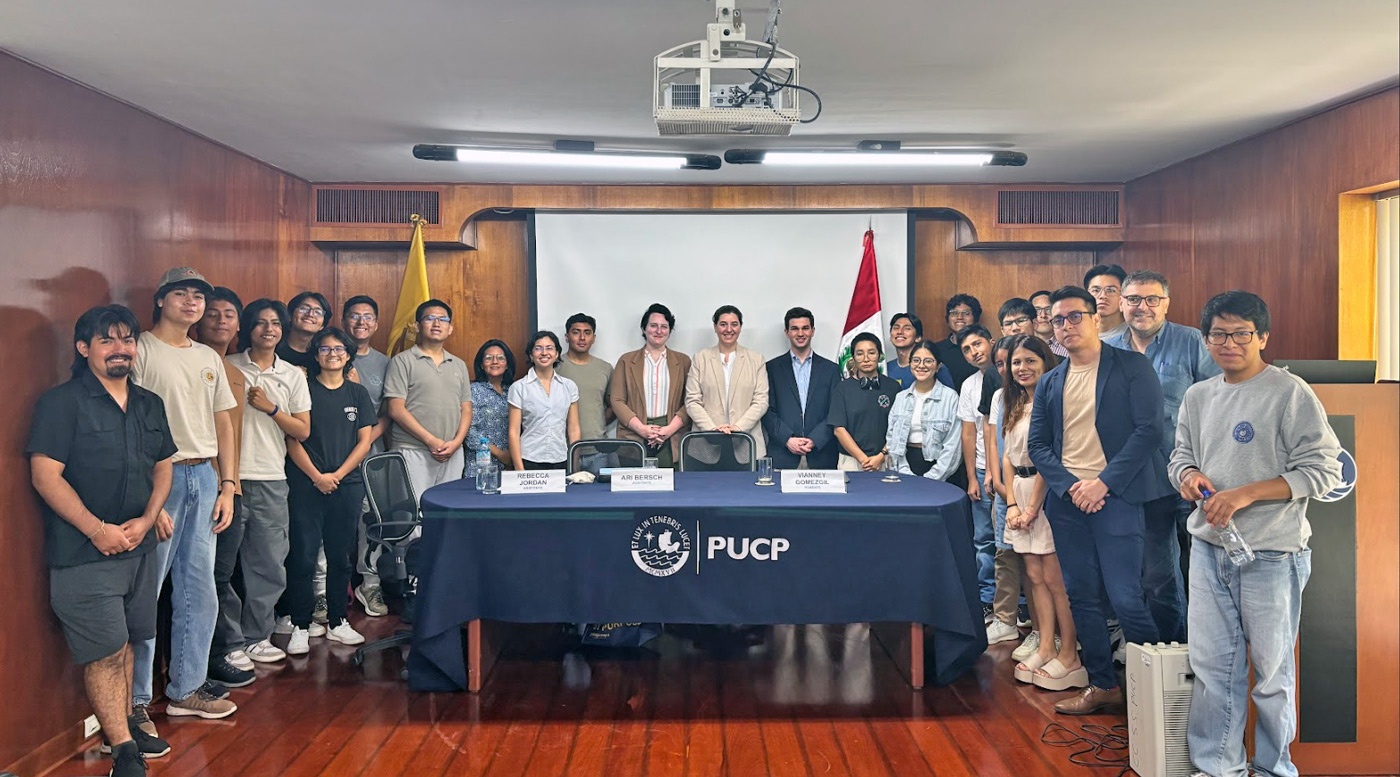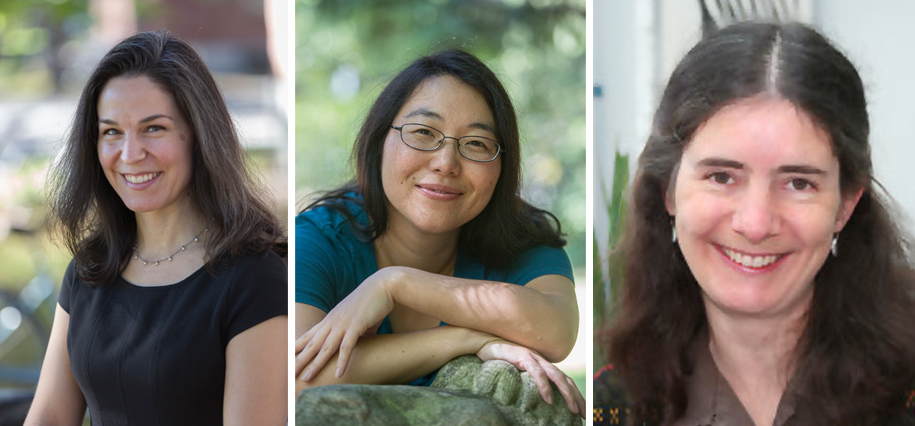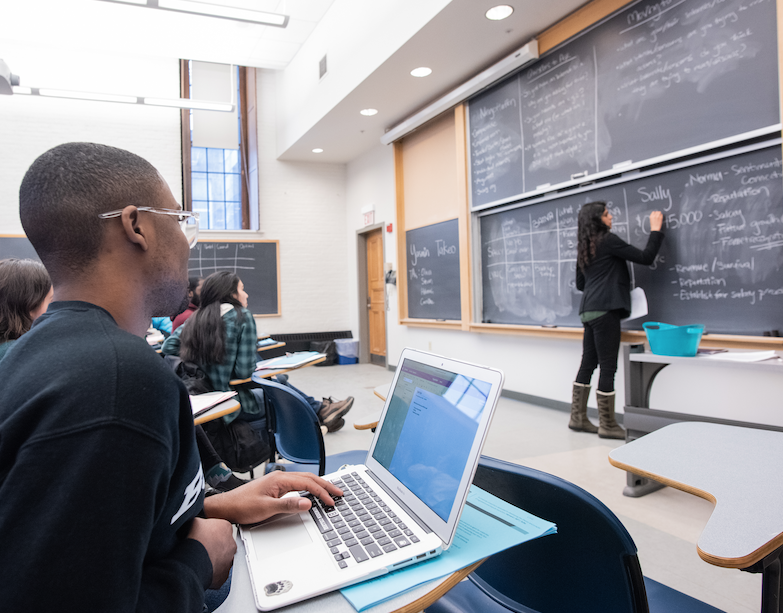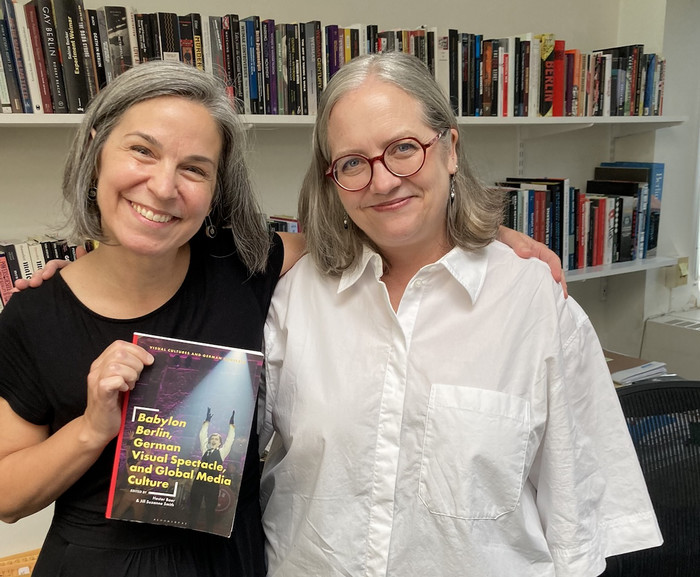Network@1800: A Digital Humanities Perspective on European Cultural History
By Tom Porter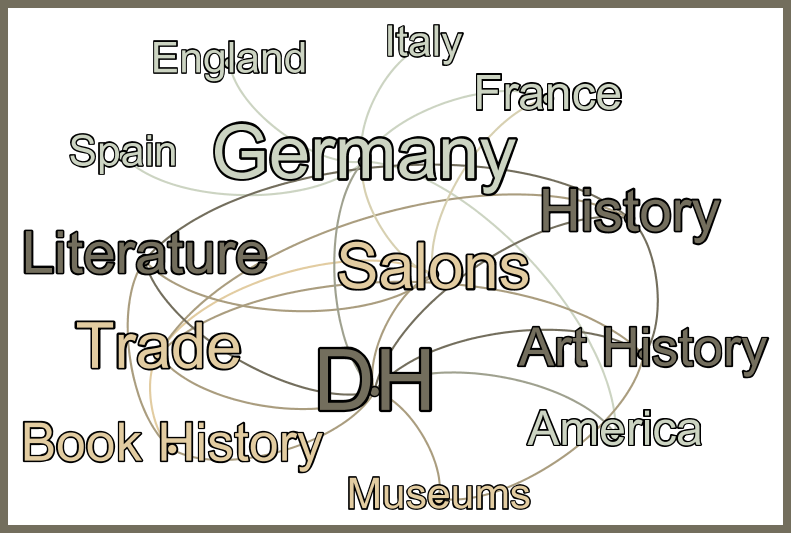
The symposium Network@1800: New Directions in German and European Cultural Studies brings together twenty-two scholars from across the US, Canada, and Germany to discuss new ways of looking at European cultural history in the late eighteenth and early nineteenth centuries. It’s being held April 6-8, 2017, with an opening lecture April 5.
With funding from Bowdoin, the Federal Republic of Germany through the German Academic Exchange Service (DAAD), and the Alexander von Humboldt Foundation, which was established by the German government to promote academic ties between Germany and rest of the world, the symposium seeks to bring a digital humanities (DH) perspective to a well researched yet foundational period in German and European cultural studies.
The event’s title deliberately plays on the double meaning of “network,” referring both to configurations of people and things around 1800, as well as “network analysis,” a method used by contemporary DH scholars as they explore new insights into the historical networks and forms of collaboration that unfolded during that era.
College Writer and Multimedia Producer Tom Porter recently spoke with the event’s two leading organizers, Professor of German Birgit Tautz and Associate Professor of Digital Humanities Crystal Hall on WBOR Radio.
Listen to the interview:
Edited excerpts from the interview
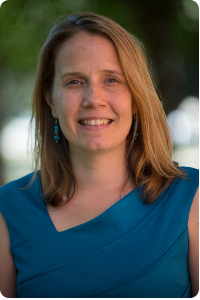
How would you define digital humanities?
Crystal Hall: The definition of it has been the subject of much debate. On campus we are defining it as the application of computational and digital methods to text mining in the study of literature and history, to network analysis, which is the tie to this symposium. We’re thinking about social networks, networks of exchange, and also spatial analysis. How do we conceptualize space and can we study that computationally?
In the reverse also I would also say we are looking at what the humanities can offer to an understanding of computational and digital environments. At one end of spectrum it can offer constructive critique. At the other, can involve creative imagination of different possibilities, new technologies, new digital environments, new ways we can be doing things differently.
Why is the event called Network@1800?
Birgit Tautz: It looks at how people were connected across German lands, across Europe, and the Atlantic, but also at what particular networks existed at the time. How did people collaborate in salons to make music and read literary texts? How did they get together to publish their works on sciences, literature, history? How did they trade their works? We’ll have speakers who will talk about the book trade across the Atlantic, and how journals—of which there were many—created a network that was accessible to people in distant regions.
The phrase “Network@1800” is also a play on words. We think of the people involved in the symposium, and the research and teaching done in this area also as a network. The collaboration with Crystal brings this new, exciting perspective, because we can use digital resources to bring very distant locations and distant collections to Bowdoin.
What sort of activities are occurring over the symposium?
CH: We have a combination of hands-on activities working with some of the digital tools that scholars have been applying to their research, and a series of panels, covering everything from salons, to the exchange of information in print, and how artistic influence traveled across the Atlantic.
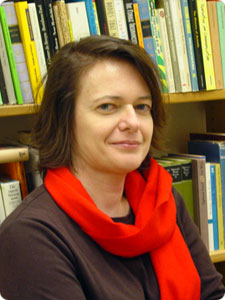
The symposium features twenty-two scholars. Where do they come from?
BT: We have three scholars from German universities, representing fields of German and American studies. One is an expert on network theory and history, who works very much from a sociological rather than a digital perspective. We also have a colleague from Canada, and about ten to twelve colleagues from all over the US, plus several more from Bowdoin.
Tell us more about how this event was put together and funded?
BT: The idea came from a Bowdoin initiative: We received symposium funding, and that in turn allowed us to apply for funding from the Alexander von Humboldt Foundation. They have a great network (there we go again!) of scholars all over world. Being an alumna myself, I received a fellowship for experienced researchers a number of years ago (2011-2012). They take very good care of alumni and want them to stay involved, so you can go back and ask for funding for new initiatives to cultivate scholarly exchange. Among these initiatives is the Humboldt-Kollegs, interdisciplinary conferences to foster continued collaboration. So I applied and we got the funding!
(NB: Professor of Physics Thomas Baumgarte is also the recipient of an Alexander von Humboldt prize, awarded in 2012.)
How does all this play into your teaching?
CH: Networks analysis is a big part of the courses being offered in Digital and Computational Studies. There will be some great connections between the courses. Networks are everywhere now and we’re really trying to train our students to see those networks and think about our understanding of a network in an historical European context, which could help us understand about contemporary networks. But I also understand that Birgit is working on a new course.
BT: I have been inspired by this symposium to think about new ways of teaching a course that I teach on eighteenth century culture. So next year it will be very much revamped and we will look at themes of love, theft and travel in the eighteenth century, and tackle these key terms not just with traditional reading and text work, but also digital methods.
How will the findings from the upcoming symposium be disseminated?
BT: Two of the scholars involved have been working on a new initiative called Global Goethe, under the auspices of the Goethe Society of North America, so I think they will be playing a big part in disseminating this work and carrying it forward through the work of the GNSA.
The society, which is dedicated to study of the eighteenth century German-speaking world in a European context, is the largest and most influential organization dedicated to the works of (Johann Wolfgang von) Goethe (1749-1832), and his contemporaries. It’s very interdisciplinary in its approach.
We’re also thinking of disseminating the results the symposium in a more old fashioned way, as an edited book. But there is certainly also room for ideas to be connected to public outreach work next semester, like community readings or something like that.
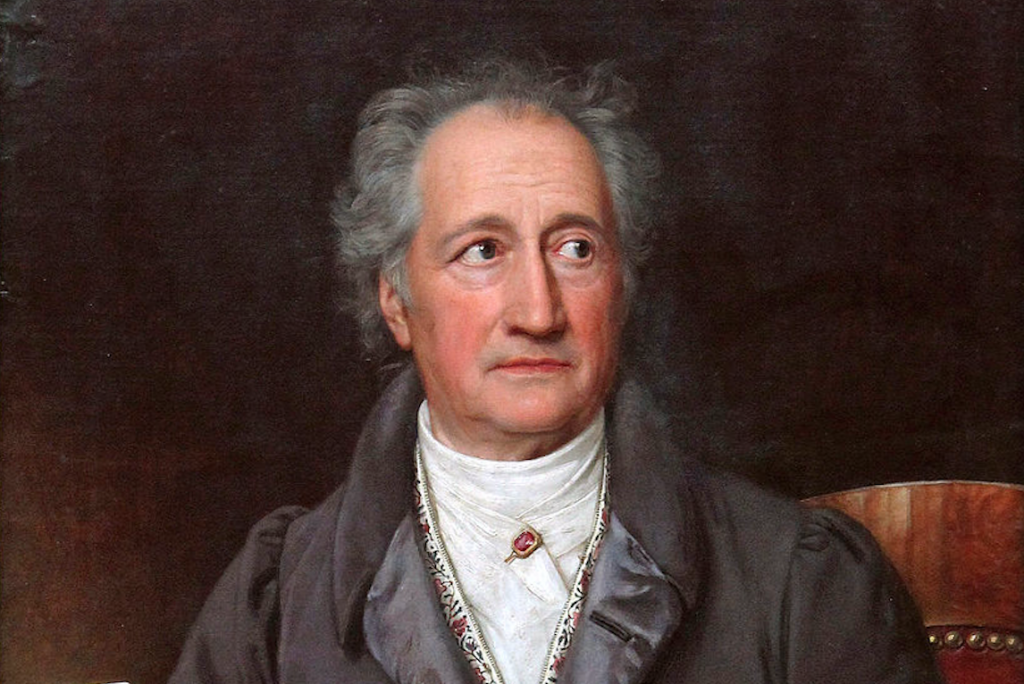
Part of the emphasis here is on pushing back against the dominance of the English-speaking world isn’t it, and trying to internationalize the humanities?
CH: Yes, particularly in a digital context. A lot of tools and resources have been developed that are just for an English-speaking community, and materials written in English. The great thing about this symposium is that we’re bringing together people who work in different languages, and different languages have different needs in a digital format. So this is an opportunity for creativity and imaginative thinking, for new tools and approaches.
BT: The symposium also offers a good opportunity to introduce the programs of the Alexander von Humboldt Foundation, and the German Academic Exchange Service, or DAAD (which is also a sponsor) to our colleagues and to our students, to really stress international dimensions of scholarship and study.
CH: To use a network term, I would say “to create bridges.”
The Network@1800 symposium gets underway April 5, 2017, with the Chandler Lecture from Matt Erlin, Professor of German at Washington University in St. Louis. Entitled “Enlightenment Publication Networks,” starts at 7:30pm in the Visual Arts Center’s Beam Classroom.
